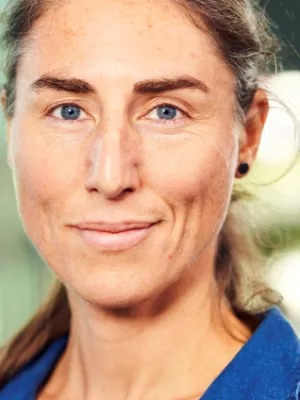
Anna Persson
Researcher

Predicting bee community responses to land-use changes : Effects of geographic and taxonomic biases
Author
Summary, in English
Land-use change and intensification threaten bee populations worldwide, imperilling pollination services. Global models are needed to better characterise, project, and mitigate bees' responses to these human impacts. The available data are, however, geographically and taxonomically unrepresentative; most data are from North America and Western Europe, overrepresenting bumblebees and raising concerns that model results may not be generalizable to other regions and taxa. To assess whether the geographic and taxonomic biases of data could undermine effectiveness of models for conservation policy, we have collated from the published literature a global dataset of bee diversity at sites facing land-use change and intensification, and assess whether bee responses to these pressures vary across 11 regions (Western, Northern, Eastern and Southern Europe; North, Central and South America; Australia and New Zealand; South East Asia; Middle and Southern Africa) and between bumblebees and other bees. Our analyses highlight strong regionally-based responses of total abundance, species richness and Simpson's diversity to land use, caused by variation in the sensitivity of species and potentially in the nature of threats. These results suggest that global extrapolation of models based on geographically and taxonomically restricted data may underestimate the true uncertainty, increasing the risk of ecological surprises.
Department/s
- Department of Biology
- BECC: Biodiversity and Ecosystem services in a Changing Climate
Publishing year
2016-08-11
Language
English
Publication/Series
Scientific Reports
Volume
6
Document type
Journal article
Publisher
Nature Publishing Group
Topic
- Ecology
Status
Published
ISBN/ISSN/Other
- ISSN: 2045-2322